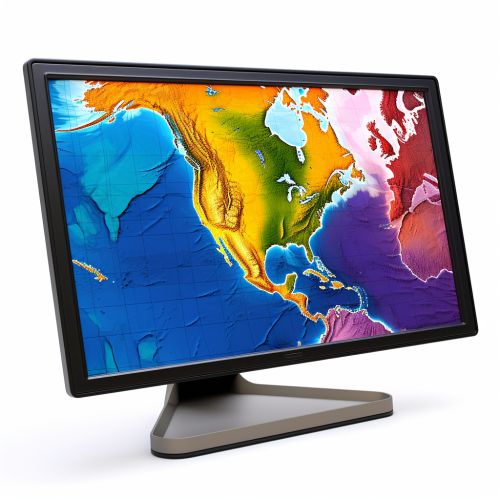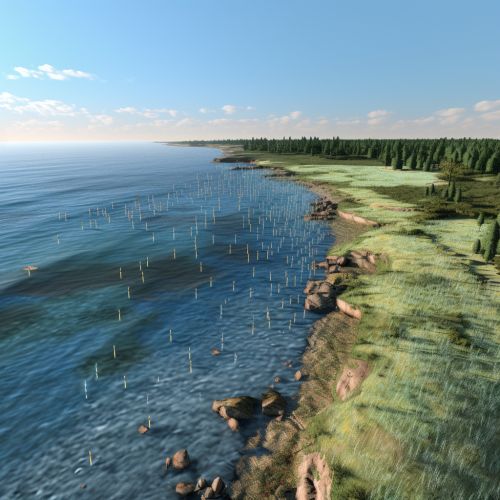The Role of Geostatistics in Climate Change Modeling
Introduction
Geostatistics is a branch of statistics focusing on spatial or spatiotemporal datasets. Developed originally to predict probability distributions of ore grades for mining operations, it is currently applied in diverse disciplines including petroleum geology, hydrogeology, hydrology, meteorology, oceanography, geochemistry, geographical information systems, and remote sensing. In the context of climate change, geostatistics plays a pivotal role in modeling and understanding the complex dynamics of our planet's changing climate.


Geostatistics and Climate Change
Geostatistics provides a set of statistical tools for the characterization of spatial or spatiotemporal phenomena. It is used in climate change studies to analyze and predict changes in temperature, precipitation, wind patterns, and other climate variables across the globe. These predictions are based on observed data, which are often sparse and irregularly distributed. Geostatistics helps to fill in the gaps and provide a comprehensive picture of global climate change.
Geostatistical Techniques in Climate Change Modeling
Several geostatistical techniques are commonly used in climate change modeling. These include kriging, spatial autocorrelation, and variogram modeling. Kriging, for example, is a method of interpolation that predicts the value of a variable at an unobserved location based on observed values at nearby locations. Spatial autocorrelation, on the other hand, measures the degree to which a variable at one location is related to variables at other locations. Variogram modeling is used to quantify the spatial dependence of a variable.


Applications of Geostatistics in Climate Change Modeling
Geostatistics is used in various aspects of climate change modeling. For instance, it is used in the analysis of greenhouse gases, where it helps to estimate the spatial distribution of these gases and their impact on global warming. It is also used in the study of sea level rise, where it helps to predict the spatial patterns of sea level change and its potential impacts on coastal regions. Furthermore, geostatistics is used in the prediction of extreme weather events, such as hurricanes and floods, which are expected to become more frequent and intense due to climate change.


Challenges and Future Directions
Despite its wide applications, geostatistics faces several challenges in climate change modeling. One of the main challenges is the lack of sufficient and reliable data, especially in remote and underdeveloped regions. Another challenge is the complexity of climate systems, which makes it difficult to accurately model and predict climate change. Future research in geostatistics should focus on developing more advanced and efficient statistical methods to overcome these challenges and improve the accuracy of climate change predictions.


